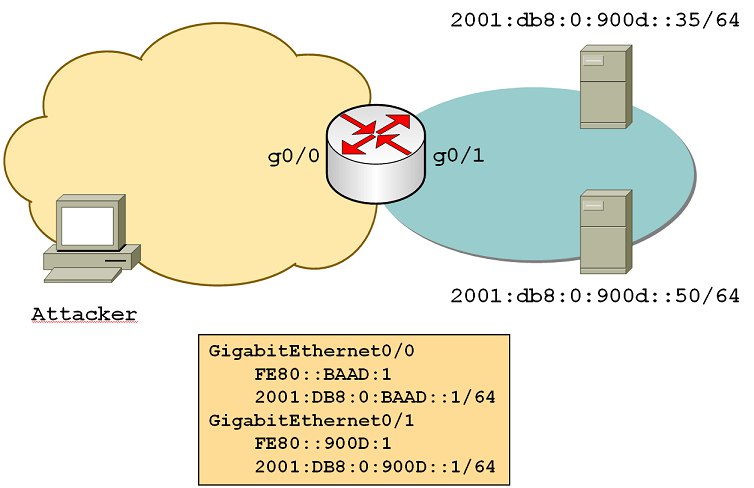MK
Size: a a a
2020 May 22
я могу иметь 2002:1234::40/122
Нет
MK
Где-то в рфц это есть
V
Где-то в рфц это есть
ткни, плиз, если найдёшь. Потому как циска и линух не согласны с рфц и позволяют указать любую длину префикса
v(
Yaroslav
это проходят на 4м курсе
он ушел на 3-м
MK
Попробую
MK
Но там так - вообще можно теоретически, но на практике вообще не рекомендуется
MK
Наверно это вендор специфик, вон джунипер только /32 разрешает на лупбеки
128 наверное
MK
Rfc5375
MK
Using a subnet prefix length other than a /64 will break many features of IPv6, including Neighbor Discovery (ND), Secure Neighbor Discovery (SEND) [RFC3971], privacy extensions [RFC4941], parts of Mobile IPv6 [RFC4866], Protocol Independent Multicast - Sparse Mode (PIM-SM) with Embedded-RP [RFC3956], and Site Multihoming by IPv6 Intermediation (SHIM6) [SHIM6], among others. A number of other features currently in development, or being proposed, also rely on /64 subnet prefixes. Nevertheless, many IPv6 implementations do not prevent the administrator from configuring a subnet prefix length shorter or longer than 64 bits. Using subnet prefixes shorter than /64 would rarely be useful; see Appendix B.1 for discussion. However, some network administrators have used prefixes longer than /64 for links connecting routers, usually just two routers on a point-to-point link. On links where all the addresses are assigned by manual configuration, and all nodes on the link are routers (not end hosts) that are known by the network, administrators do not need any of the IPv6 features that rely on /64 subnet prefixes, this can work. Using subnet prefixes longer than /64 is not recommended for general use, and using them for links containing end hosts would be an especially bad idea, as it is difficult to predict what IPv6 features the hosts will use in the future.
N
V
Using a subnet prefix length other than a /64 will break many features of IPv6, including Neighbor Discovery (ND), Secure Neighbor Discovery (SEND) [RFC3971], privacy extensions [RFC4941], parts of Mobile IPv6 [RFC4866], Protocol Independent Multicast - Sparse Mode (PIM-SM) with Embedded-RP [RFC3956], and Site Multihoming by IPv6 Intermediation (SHIM6) [SHIM6], among others. A number of other features currently in development, or being proposed, also rely on /64 subnet prefixes. Nevertheless, many IPv6 implementations do not prevent the administrator from configuring a subnet prefix length shorter or longer than 64 bits. Using subnet prefixes shorter than /64 would rarely be useful; see Appendix B.1 for discussion. However, some network administrators have used prefixes longer than /64 for links connecting routers, usually just two routers on a point-to-point link. On links where all the addresses are assigned by manual configuration, and all nodes on the link are routers (not end hosts) that are known by the network, administrators do not need any of the IPv6 features that rely on /64 subnet prefixes, this can work. Using subnet prefixes longer than /64 is not recommended for general use, and using them for links containing end hosts would be an especially bad idea, as it is difficult to predict what IPv6 features the hosts will use in the future.
спасибо
MK
спасибо
Это наверное старый рфц
N
Some operators also use /126, /127, /112 or an alternative prefix assignment instead of /64 for managed links where addresses on the link are manually configured, and according to RFC 6164, a /127 is suggested to prevent, among others, the Neighbor Discovery exhaustion attack (RFC 6583). Please note, that not all equipment currently supports this option, so /64 is still the safest approach and has the advantage of being future proof in the event that new standards make usage of the other 64 bits for other purposes or the link becomes point-to-multipoint, etc. Furthermore, some ISP hardware has limitations in using prefixes longer than /64, so the use of non-/64 prefixes will use more resources on these devices. If we decide to use /127 for each point to point link, then it is also advisable to allocate a /64 for each link and use just one /127 out of it.
MK
В новом вообще может строже





